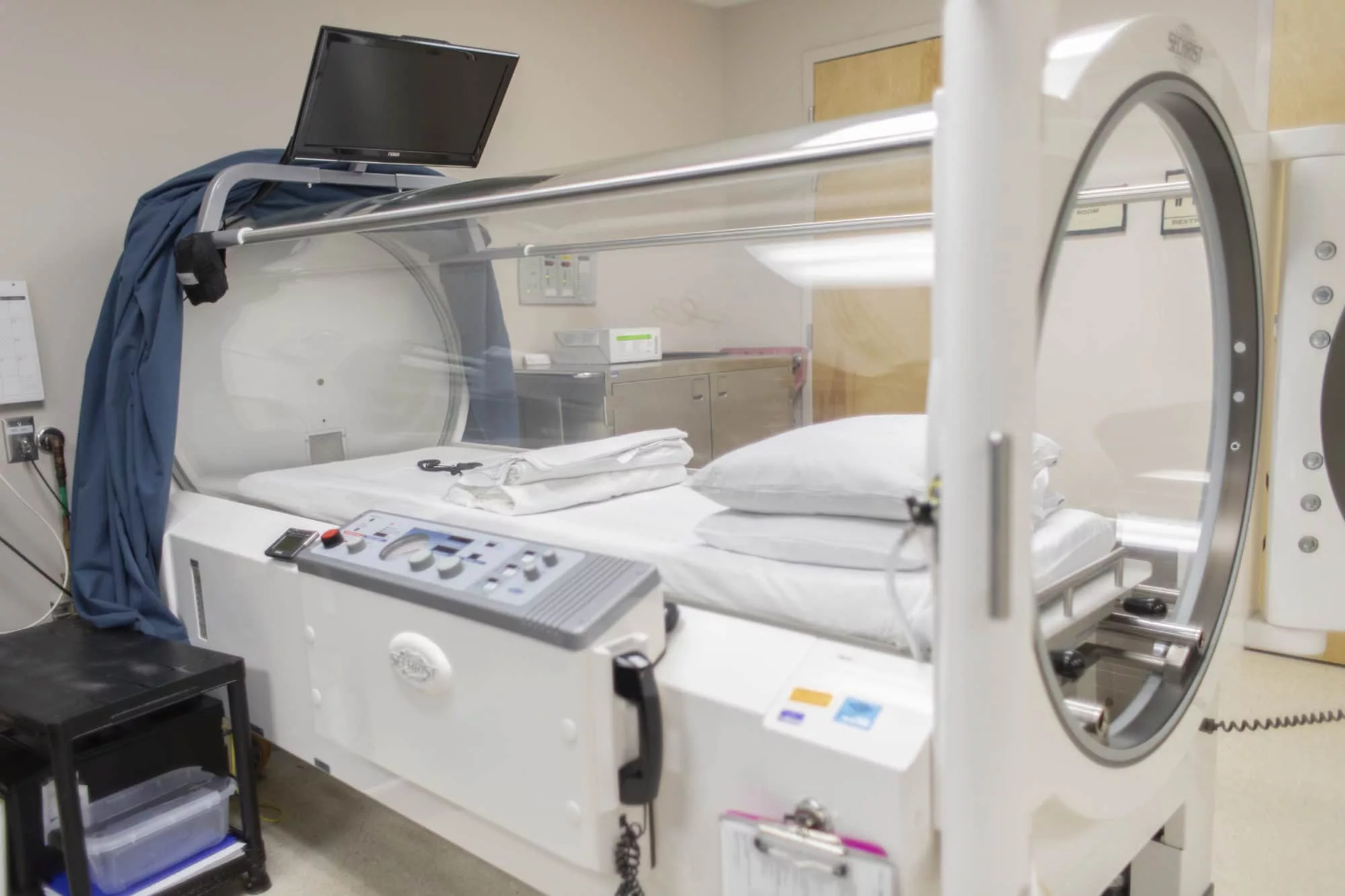 The BART Foundation aims to promote better outcomes for brain injury survivors by answering three questions – which alternative therapies are likely to work, where can they be found, and how can they be afforded? One of the ways we fulfill our mission is by carefully watching global research and clinical trial outcomes and sharing that information, in user-friendly language, with the TBI/ABI community. HBOT is one of the safe, alternative therapies the BART Foundation believes may help brain injury survivors. Perhaps if HBOT becomes more widely accepted as a treatment option, TBI/ABI/PCS survivors will be able to gain better access to this life-changing treatment.
The BART Foundation aims to promote better outcomes for brain injury survivors by answering three questions – which alternative therapies are likely to work, where can they be found, and how can they be afforded? One of the ways we fulfill our mission is by carefully watching global research and clinical trial outcomes and sharing that information, in user-friendly language, with the TBI/ABI community. HBOT is one of the safe, alternative therapies the BART Foundation believes may help brain injury survivors. Perhaps if HBOT becomes more widely accepted as a treatment option, TBI/ABI/PCS survivors will be able to gain better access to this life-changing treatment.
We wanted to share this recent research article published in Frontiers in Neurology about research regarding the effect of hyperbaric oxygen therapy (HBOT) as a curative treatment for improving dysfunction following traumatic brain injury (TBI). A total of 90 patients were enrolled in the control and HBOT groups.
The research subjects were patients with TBI treated at the Department of Rehabilitation Medicine in the Affiliated Hospital of Nantong University (China) from December 2019 to October 2021. These patients were required to have a prior diagnosis of moderate to severe TBI by the Neurosurgery Department and be between 18–80 years old.
The patients in the HBOT group started therapy when their vital signs had stabilized after admission, and received a total of 20 treatments continuously in monoplace hyperbaric oxygen chambers. A chamber pressure of 2.0 atmosphere absolute was chosen, with pressurization for 15 min, oxygen inhalation with constant pressure for 60 min, and decompression for 15 min, according to prior studies. During HBO, professional nurses closely monitored the patients and immediately suspended treatment if a serious adverse reaction or an event reflecting intolerance of HBO occurred. Both the HBOT and control groups received standardized functional rehabilitation training, routine medical interventions, and nursing care.
Effect of HBOT therapy on the level of consciousness
Both groups experienced an increased level of consciousness at 20 days after treatment. However, the scores in the HBO group were higher than those in the control group at 10 days after treatment. Overall, the patients with HBOT therapy had better recovery of consciousness than those in the control group.
Effect of HBOT therapy on cognitive impairment
Both groups experienced improved cognitive functioning at 20 days after treatment. However, the scores of the patients with TBI in the HBOT group were higher than those in the control group at 10 days and 20 days after treatment, thus indicating that the patients with HBOT therapy achieved better cognitive function than those in the control group.
Effects of HBO therapy on intracranial injuries
Both groups experienced lower scores for intercranial injuries 20 days after the treatment. However, the scores in the HBOT group were lower than those in the control group at 10 days after the treatment.
Effect of HBOT on prognosis
Six months after discharge, the HBOT group had better outcomes than the control group in overall functioning, eye-opening, communication ability, motor response, cognitive ability for self-care activities and functional level. In this study, continual HBO therapy ameliorated cognitive impairment in patients with moderate to severe TBI, and the efficacy at 20 days after HBO was better than that at 10 days after HBO treatment. Moreover, 6 months after discharge, the HBO group had better cognitive function than the control group, which indicated that HBOT ameliorated not only cognitive impairment in the short term but also cognitive impairment and prognosis of patients with TBI in the long term.
